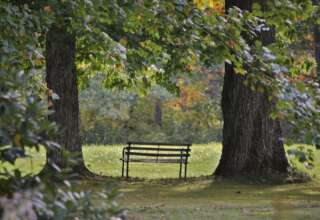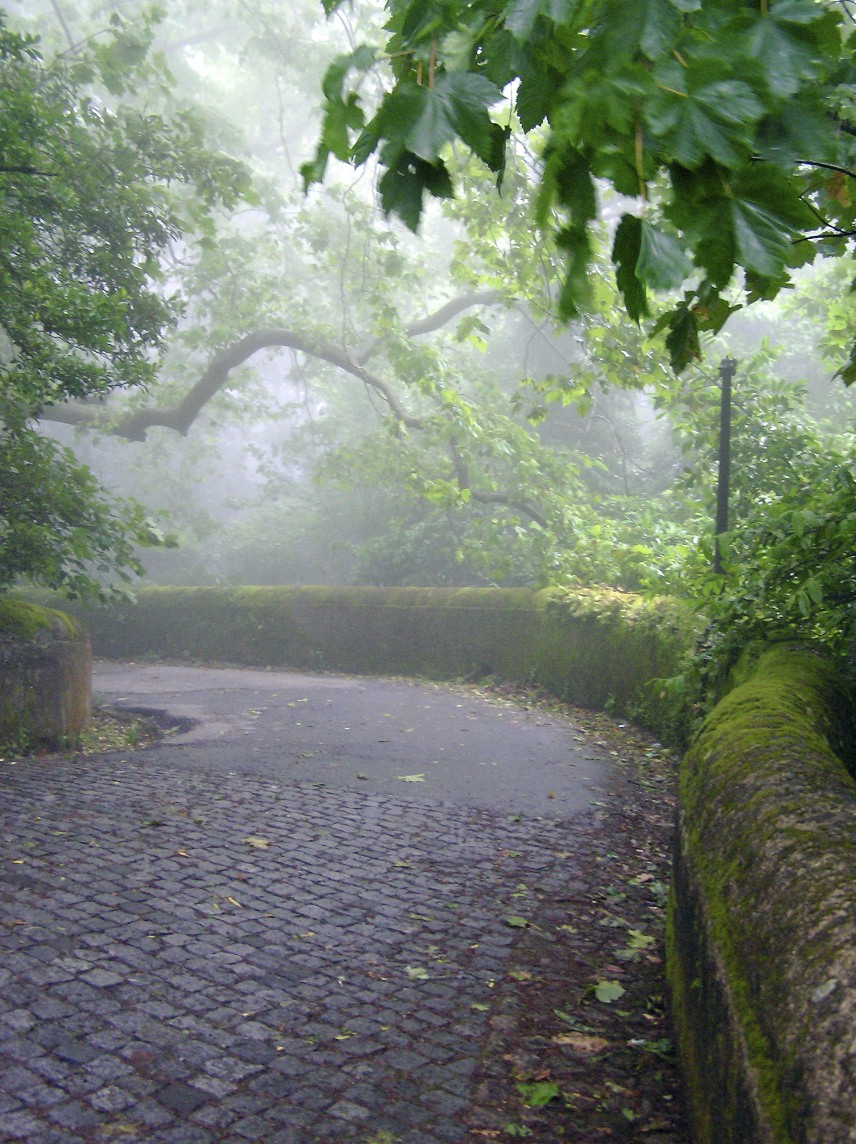
I must, at this point, become an ironist myself and point to the opposite conclusion that is articulated in the second half of the sentence Theroux quotes from Erikson: does the counterpointing of opposite potentialities instead let a civilization “disintegrate into mere contradiction.” (Theroux, 2011, p. 86). Theroux soon turns to the fundamental question: “what did all the contradictions [in Estonia], never mind the pain, lead to? Are [the Estonians] the weaker for it or stronger? Were they stimulated by it all or simply subdues? More importantly, is the nation now a vital and progressive body, growing by the day, or a white elephant?” (Theroux, 2011, p. 86) Though I am inclined to believe that Estonians have effectively handled the contradictions, Theroux’s questions must remain unanswered.
I am unwilling, however, to halt my analysis at this point—leaving us without any affirmation regarding the way(s) in which irony interplays with freedom and helps to determine a nation’s future. Is the country of Estonia vital and progressive or a white elephant? There might be an answer to Therouz’s questions, that is offered in a general manner by Rorty—who replaces the modern notion of enduring truth (a dualist frame) with a utopian thought in its continually evolving form (Rorty, 1989, p. xvi):
A historicist and nominalist culture of the sort I envisage would settle . . . for narratives which connect the present with the past, on the one hand, and with utopian futures, on the other. More importantly, it would regard the realization of utopias, and the envisaging of still further utopias, as an endless process—an endless, proliferating realization of Freedom, rather than a convergence toward an already existing Truth.
Is Rorty’s utopian vision aligned with what I witnessed in Estonia following the Soviet collapse? What connects the present with the past – and with an envisioned future in the country of Estonia? While I certainly witnessed the regression to a dualistic frame, I also saw the remarkable ability of many Estonians to embrace both hope and skepticism. Without becoming too Pollyanish about the challenging circumstances to be found in Estonia, I found that there was societal “glue” that enabled citizens of this newly independent country to embrace both hope and skepticism. I suggest that this glue was found in the enduring culture of Estonia – and in particular in the music of Estonia. It is remarkable to note at almost any level how music (and related art forms) can hold and convey contradictions and irony – whether it be the bitter-sweet ballad portraying something about lost love, or the heroic anthem of a nation that has lost its sovereignty.









